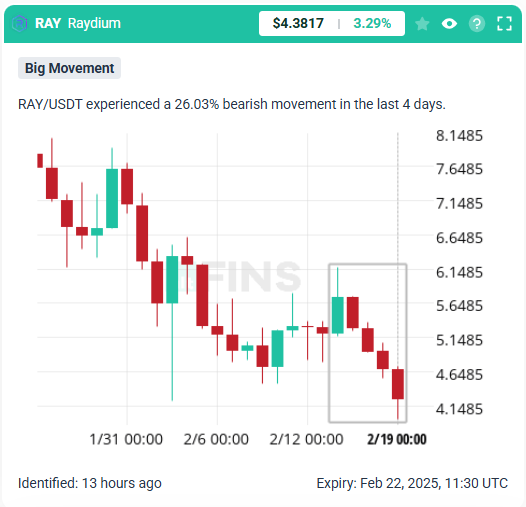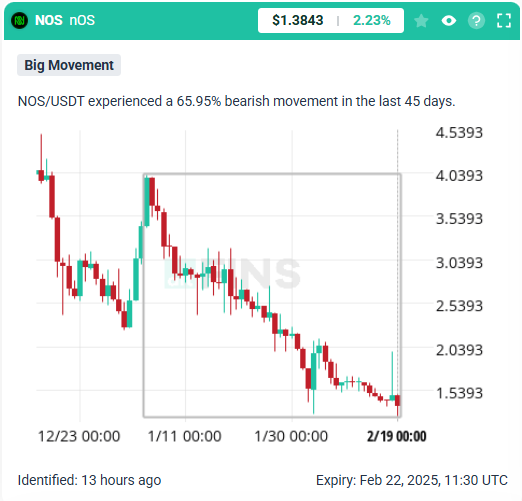Search Knowledge Base by Keyword
Big Movement in Trading: Understanding and Trading the Volatility
Big Movement refers to situations where a price experiences an excessively large movement, either upward or downward. These moves are statistically rare, often exceeding two standard deviations from the mean, which makes them particularly interesting for traders who follow either trend-following or mean-reversion strategies.
How to Trade Big Movements?
1. Trend Traders
For trend followers, a Big Movement may indicate the start of a new trend. If a stock, cryptocurrency, or forex pair experiences a sudden and significant price surge, it could be the beginning of an uptrend. Traders can choose to:
- Enter a position in the direction of the move immediately.
- Wait for a small pullback before entering the trade to get a better price.
- Use additional trend confirmation indicators like moving averages, MACD, or volume analysis.
2. Swing Traders
For swing traders, a Big Movement may suggest that a temporary correction or reversal is imminent. These traders look for signs that the asset is overbought or oversold and aim to capitalize on the pullback before the primary trend resumes. To trade a potential reversal, swing traders should:
- Identify overbought or oversold conditions using indicators like the Relative Strength Index (RSI) or Bollinger Bands.
- Look for reversal patterns such as Doji, Engulfing Candles, or Bearish/Bullish Divergences.
- Use stop losses to mitigate risks, as counter-trend trading can be tricky.
3. Combining Trend and Swing Trading Approaches
Sometimes, both approaches can be correct. A modest pullback may occur before the trend resumes. Swing traders may attempt to profit from the pullback, while trend followers might wait for the correction to end before entering a position in the trend direction.
Improving Trading Accuracy with altFINS AI Chart Patterns
altFINS AI chart pattern recognition is a powerful tool that detects Big Movement patterns across four different time intervals. This feature helps traders spot critical moments when a market move is statistically significant. Here’s how it works:
- 15-Minute: Ideal for short-term traders seeking rapid intraday opportunities.
- 1-Hour: Useful for day traders looking to identify momentum shifts.
- 4-Hour: Helps swing traders recognize potential reversals or trend continuations.
- 1-Day: Provides insights into broader market movements for long-term traders.
How to Find Big Movements on altFINS?
Go to the Chart Patterns section and filter Big Movement in the types section.

Go to the Signals Summary section and find Big Movement among patterns.
Practical Tips for Trading Big Movements with altFINS
- Confirm with Other Indicators: Use RSI, MACD, or volume analysis to validate Big Movements.
- Trade with the Trend: If the Big Movement aligns with the longer-term trend, consider following it.
- Use Proper Risk Management: Set stop losses and manage position sizes to avoid large losses.
- Monitor Multiple Timeframes: Cross-referencing signals across different time intervals can improve decision-making.
Conclusion
Big Movements create significant opportunities for both trend followers and swing traders. By leveraging altFINS AI-powered chart patterns, traders can efficiently detect and analyze these moves across multiple timeframes. Whether aiming to ride a new trend or capitalize on a temporary pullback, using a data-driven approach with AI insights can enhance accuracy and profitability in trading.
Start utilizing altFINS AI today to identify Big movements and make informed trading decisions!


